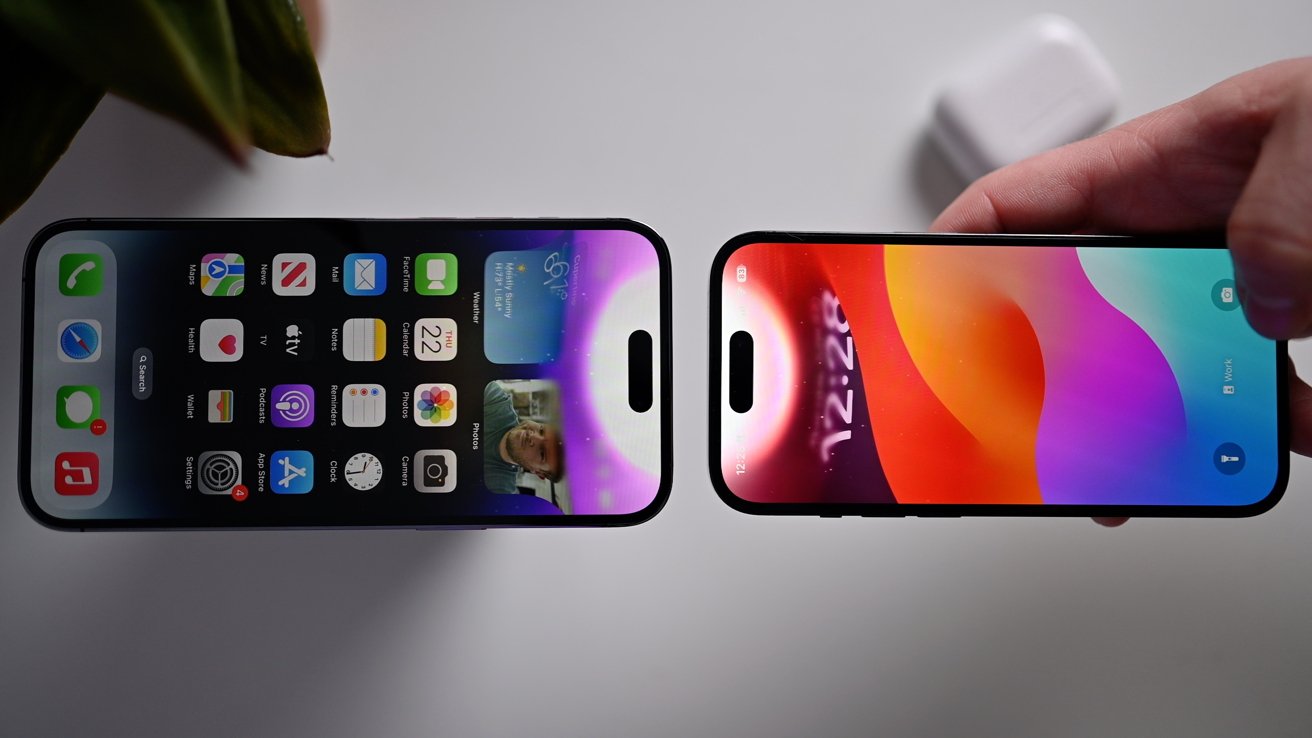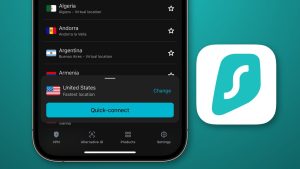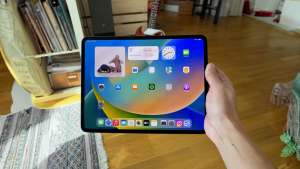
Contact sharing via the iPhone

Before you start panicking: no, people can’t steal your credit cards via AirDrop.
Yet another TikTok conspiracy video surrounding the iPhone has taken off. This time, the rumor warns users that AirDrop could be used to give anyone unrestricted access to “everything” stored within your iPhone — including anything stored within Apple Wallet.
It’s unclear what the source of the rumor is, but creators like @vanessaromito13 are directing users to head to settings to disable AirDrop sharing.
In the video, @vanessaromito13 gives users instructions to disable “search with other iPhones,” which isn’t a feature that exists. Presumably, she’s actually directing users to turn off either “Bringing Devices Together” or AirDrop’s ability to receive an AirDrop from anyone, a feature which must be enabled and turns off after 10 minutes.
Another video, spotted by Daily Dot, @the_journey76 claims that malicious actors can “walk past you now and from one iPhone to another using that AirDrop setting, they can get all of the cards in your wallet. In your Apple Wallet.” He directs users to disable AirDrop entirely as a precaution.
Both videos point the blame at a “recent update,” which at the time would have been iOS 18.1, which came out in October. And, as expected, the comment sections of these videos are filled with both Apple detractors and defenders.
But before you go throwing your iPhone into the nearest garbage can, just remember: outrage and panic are common content engagement tactics. These sorts of rumors quickly spread on social media, often morphing and changing into entirely new ones.
The fact of the matter is that AirDrop cannot be used to transfer your credit or debit card information to another user. Not only would that be a huge liability for Apple, but it wouldn’t be a particularly useful feature in the first place.
There aren’t a lot of times when a user would actually need to give their card information directly to another iPhone user. If you’re paying someone, you’re likely going to use an app like Zelle, Venmo, PayPal, or even Apple’s built-in pay features, such as Apple Pay features through iMessage or Tap to Pay on iPhone.
So, if this isn’t a big deal, you’re probably wondering where these content creators got the idea in the first place. That’s likely a bit harder to suss out, but it’s perhaps a cobbling together of many different concerns.
In iOS 17, Apple enabled users to share contact information easily through a new feature called NameDrop. NameDrop allows users to easily share pertinent contact information along with their Contact Poster with an NFC tap.
The feature is useful for sharing your information with someone without needing to type it all out. However, there were also concerns that the feature could be used for harassment, but there are safeguards in place to prevent that from happening.
More recently, a new feature in iOS 18.1 allows users to grant remote access to their Apple devices via FaceTime. As Daily Dot points out, this feature requires explicit permission, and access can be revoked at any time.
And, even if someone opened your Wallet app while remotely accessing your device, the app itself doesn’t provide much useful information. Card numbers are hidden, with only the last four digits available to view.
That being said, it is still possible to get scammed via Apple Pay, though. In May, AppleInsider learned of an Apple Pay scam where scammers erroneously charge users extra money through the iPhone’s tap-to-pay feature.
Instead of AirDrop, these scams rely on a scammer targeting particularly stressed individuals and hoping they don’t notice the extra charge before it’s too late.
Similar scams also exploit the near-field communication (NFC) chip transitions, like Apple Pay’s tap-to-pay feature. In these scenarios, a potential scammer could swoop in and “steal” a transaction by holding their phone near a busy pay point, like those at a music festival or convention.
This is why it pays to be vigilant. Don’t leave your Apple Pay screen up until you’re ready to pay. It’s also critical that you see the transition amount before you tap your device on a pay point.
If you get scammed, reach out to the bank in question. While Apple may make your iPhone, they don’t have any control over how you use it. Your bank or credit card issuer, on the other hand, does have a say in where your money goes.




